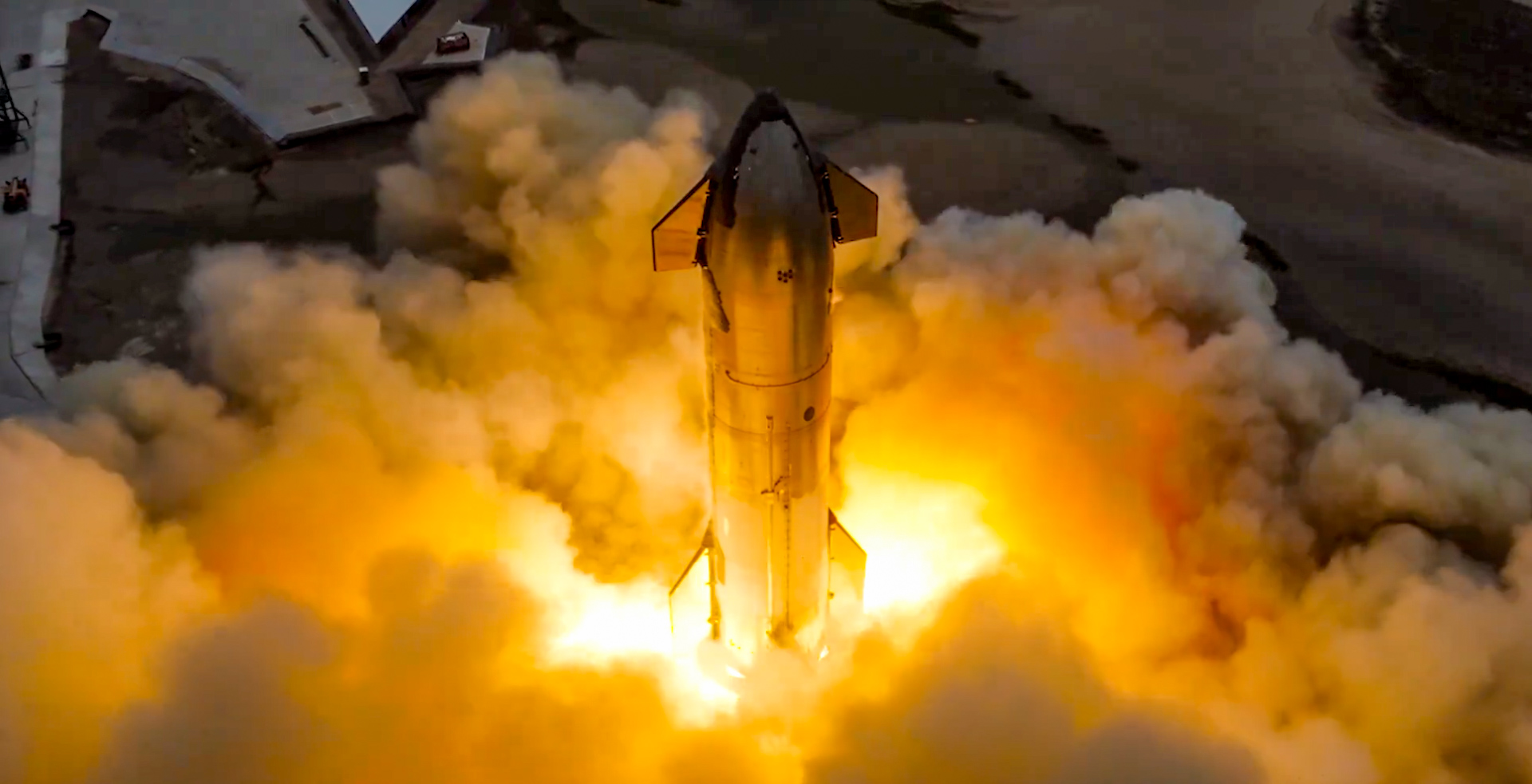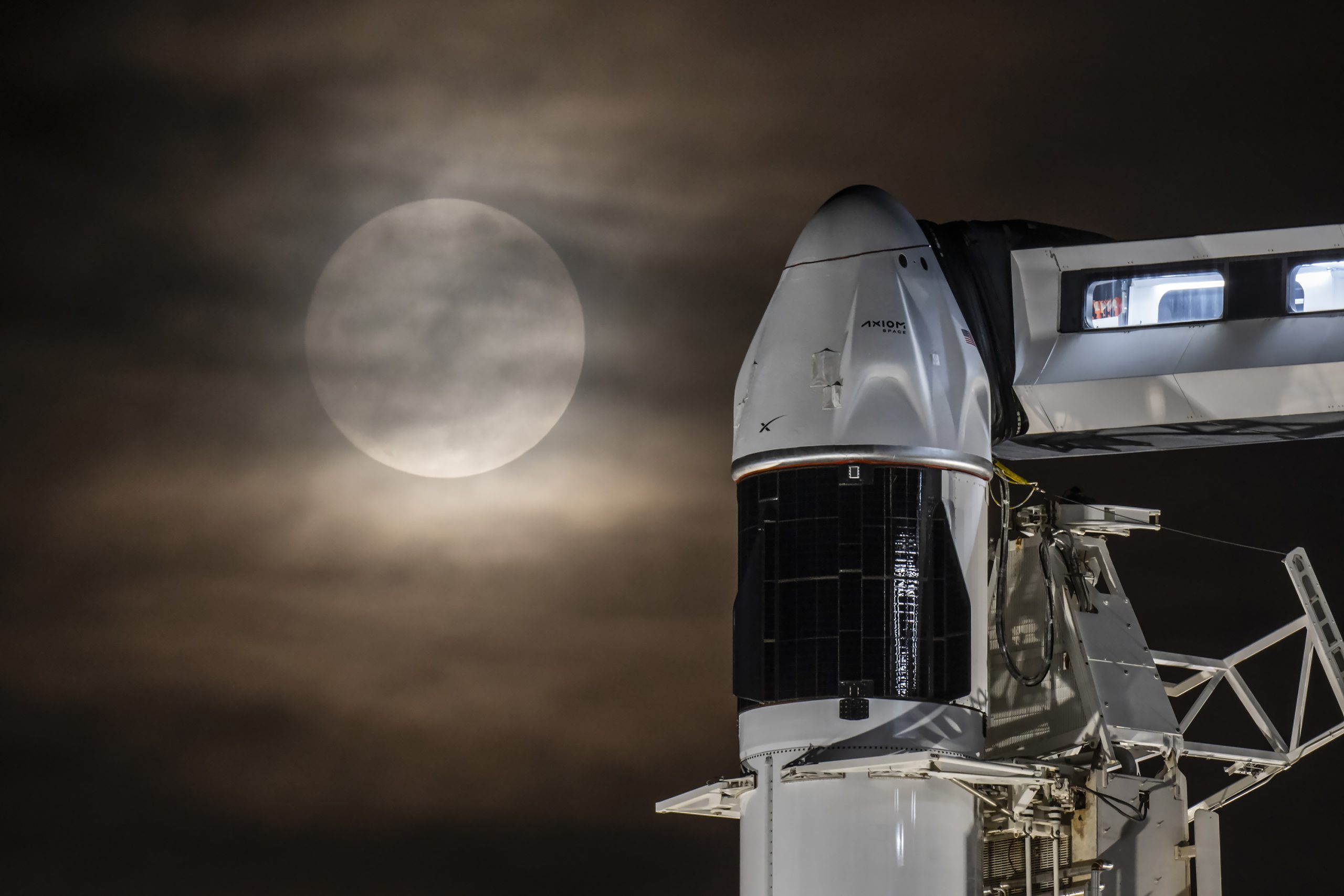It’s no secret that Elon Musk wants to make humanity a multi-planetary species. But when humans take up residence on the red planet, what sort of abode will they call home?
Instead of habitats made of building materials you see Earth, like metal and glass, NASA is exploring ways to grow structures out of fungi. Not only could the fungus among us be used to create our future abodes; it could also create a more sustainable way of living on Earth as well.
To that end, NASA researchers are looking at mycelium — the mass of nutrient-absorbing, underground fibers that make up the main part of a fungus — to help construct outposts on the moon and Mars.

“Right now, traditional habitat designs for Mars are like a turtle — carrying our homes with us on our backs,” the project’s principal investigator, Lynn Rothschild, of NASA’s Ames Research Center in California, said in a statement.
The myco-architecture project, a part of NASA’s Ames Research Center in California’s Silicon Valley, is developing technologies that could “grow” habitats on places like the Moon and Mars.
Ultimately, it envisions a future where human explorers can bring along their own compact habitats built out of a lightweight material containing dormant fungi. Designed to last on long journeys, the crews would then add water upon their arrival to the red planet and the fungi would then grow into a suitable habitat.
The fungi would also be self-contained within the habitat so as not to contaminate the Martian environment with any Earth microbes.

This innovative research is fostered by NASA through the agency’s NASA Innovative Advanced Concepts program (NIAC for short). It’s part of a burgeoning field known as synthetic biology, or the study of how we can use life (such as fungi) as technology.
Like most NIAC programs, this project is in the early stages of development. So, we’re still a long way from being able to grow usable habitats for Mars, but this project could help prove that this type of technology would be a feasible solution.
This is “a reliable plan, but with huge energy costs,” Rothschild added. “Instead, we can harness mycelium to grow these habitats ourselves when we get there.”
Elon Musk
Elon Musk reveals SpaceX’s target for Starship’s 10th launch
Elon Musk has revealed SpaceX’s target timeline for the next Starship launch, which will be the tenth in program history.

Elon Musk has revealed SpaceX’s target timeline for the next Starship launch, which will be the tenth in program history.
Musk says SpaceX is aiming for a timeline of roughly three weeks from now, which would come about ten weeks after the previous launch.
Coincidentally, it would bring the two launches 69 days apart, and if you know anything about Elon Musk, that would be an ideal timeline between two launches.
🚨 Just wanted you to know, Starship 10’s projected test flight date, according to Grok, is August 4.
Starship’s ninth test flight took place on May 27.
August 4 is 69 days after May 27.
Do with that what you will. 🚀 https://t.co/IISpT08rIy
— TESLARATI (@Teslarati) July 16, 2025
SpaceX is coming off a test flight in which it lost both the Super Heavy Booster and the Upper Stage in the previous launch. The Super Heavy Booster was lost six minutes and sixteen seconds into the flight, while SpaceX lost communication with the Ship at 46 minutes and 48 seconds.
Musk is aiming for the tenth test flight to take place in early August, he revealed on X:
Launching again in ~3 weeks
— Elon Musk (@elonmusk) July 14, 2025
This will be SpaceX’s fourth test flight of the Starship program in 2025, with each of the previous three flights bringing varying results.
IFT-7 in January brought SpaceX its second successful catch of the Super Heavy Booster in the chopstick arms of the launch tower. The ship was lost after exploding during its ascent over the Turks and Caicos Islands.
IFT-8 was on March 6, and SpaceX caught the booster once again, but the Upper Stage was once again lost.
The most recent flight, IFT-9, took place on May 27 and featured the first reused Super Heavy Booster. However, both the Booster and Upper Stage were lost.
The Federal Aviation Administration (FAA) hit SpaceX with a mishap investigation for Flight 9 on May 30.
News
SpaceX Ax-4 Mission prepares for ISS with new launch date
SpaceX, Axiom Space, and NASA set new launch date for the Ax-4 mission after addressing ISS & rocket concerns.

SpaceX is preparing for a new launch date for the Ax-4 mission to the International Space Station (ISS).
SpaceX, Axiom Space, and NASA addressed recent technical challenges and announced a new launch date of no earlier than Thursday, June 19, for the Ax-4 mission. The delay from June 12 allowed teams to assess repairs to small leaks in the ISS’s Zvezda service module.
NASA and Roscosmos have been monitoring leaks in the Zvezda module’s aft (back) segment for years. However, stable pressure could also result from air flowing across the hatch seal from the central station. As NASA and its partners adapt launch schedules to ensure station safety, adjustments are routine.
“Following the most recent repair, pressure in the transfer tunnel has been stable,” a source noted, suggesting the leaks may be sealed.
“By changing pressure in the transfer tunnel and monitoring over time, teams are evaluating the condition of the transfer tunnel and the hatch seal between the space station and the back of Zvezda,” the source added.
SpaceX has also resolved a liquid oxygen leak found during post-static fire inspections of the Falcon 9 rocket, completing a wet dress rehearsal to confirm readiness. The Ax-4 mission is Axiom Space’s fourth private astronaut trip to the ISS. It will launch from NASA’s Kennedy Space Center in Florida on a Falcon 9 rocket with a new Crew Dragon capsule.
“This is the first flight for this Dragon capsule, and it’s carrying an international crew—a perfect debut. We’ve upgraded storage, propulsion components, and the seat lash design for improved reliability and reuse,” said William Gerstenmaier, SpaceX’s vice president of build and flight reliability.
The Ax-4 mission crew is led by Peggy Whitson, Axiom Space’s director of human spaceflight and former NASA astronaut. The Ax-4 crew includes ISRO astronaut Shubhanshu Shukla as pilot, alongside mission specialists Sławosz Uznański-Wiśniewski from Poland and Tibor Kapu from Hungary. The international team underscores Axiom’s commitment to global collaboration.
The Ax-4 mission will advance scientific research during its ISS stay, supporting Axiom’s goal of building a commercial space station. As teams finalize preparations, the mission’s updated launch date and technical resolutions position it to strengthen private space exploration’s role in advancing space-based innovation.
News
Starlink India launch gains traction with telecom license approval
Starlink just secured its telecom license in India! High-speed satellite internet could go live in 2 months.

Starlink India’s launch cleared a key regulatory hurdle after securing a long-awaited license from the country’s telecom ministry. Starlink’s license approval in India paves the way for commercial operations to begin, marking a significant milestone after a three-year wait.
The Department of Telecommunications granted Starlink a Global Mobile Personal Communication by Satellite (GMPCS) license, enabling it to roll out its high-speed internet service. Local reports hinted that Starlink plans to launch its services within the next two months. Starlink India’s services are expected to be priced at ₹3,000 per month for unlimited data. Starlink service would require a ₹33,000 hardware kit, including a dish and router.
“Starlink is finally ready to enter the Indian market,” sources familiar with the rollout plans confirmed, noting a one-month free trial for new users.
Starlink’s low-Earth orbit satellite network promises low-latency, high-speed internet that is ideal for rural India, border areas, and hilly terrains. With over 7,000 satellites in orbit and millions of global users, Starlink aims to bridge India’s digital divide, especially in areas with limited traditional broadband.
Starlink has forged distribution partnerships with Indian telecom giants Reliance Jio and Bharti Airtel to streamline deployment and retail logistics. However, the company still awaits spectrum allocation and final clearances from India’s space regulator, IN-SPACe, and national security agencies before its full launch, expected before August 2025.
India’s satellite internet market is becoming increasingly competitive, with Starlink joining rivals like OneWeb and Jio Satellite Communications. While Starlink positions itself as a premium offering, its entry has sparked debate among domestic telecom operators over spectrum pricing.
Local reports noted that other players in the industry have raised concerns over the lower regulatory fees proposed for satellite firms compared to terrestrial operators, highlighting tensions in the sector.
Starlink India’s launch represents a transformative step toward expanding internet access in one of the world’s largest markets. Starlink could redefine connectivity for millions in underserved regions by leveraging its advanced satellite technology and strategic partnerships. As the company navigates remaining regulatory steps, its timely rollout could set a new standard for satellite internet in India, intensifying competition and driving innovation in the telecom landscape.
-

 Elon Musk1 day ago
Elon Musk1 day agoWaymo responds to Tesla’s Robotaxi expansion in Austin with bold statement
-

 News1 day ago
News1 day agoTesla exec hints at useful and potentially killer Model Y L feature
-

 Elon Musk2 days ago
Elon Musk2 days agoElon Musk reveals SpaceX’s target for Starship’s 10th launch
-

 Elon Musk3 days ago
Elon Musk3 days agoTesla ups Robotaxi fare price to another comical figure with service area expansion
-

 News1 day ago
News1 day agoTesla’s longer Model Y did not scale back requests for this vehicle type from fans
-

 News1 day ago
News1 day ago“Worthy of respect:” Six-seat Model Y L acknowledged by Tesla China’s biggest rivals
-

 News2 days ago
News2 days agoFirst glimpse of Tesla Model Y with six seats and extended wheelbase
-

 Elon Musk2 days ago
Elon Musk2 days agoElon Musk confirms Tesla is already rolling out a new feature for in-car Grok



















